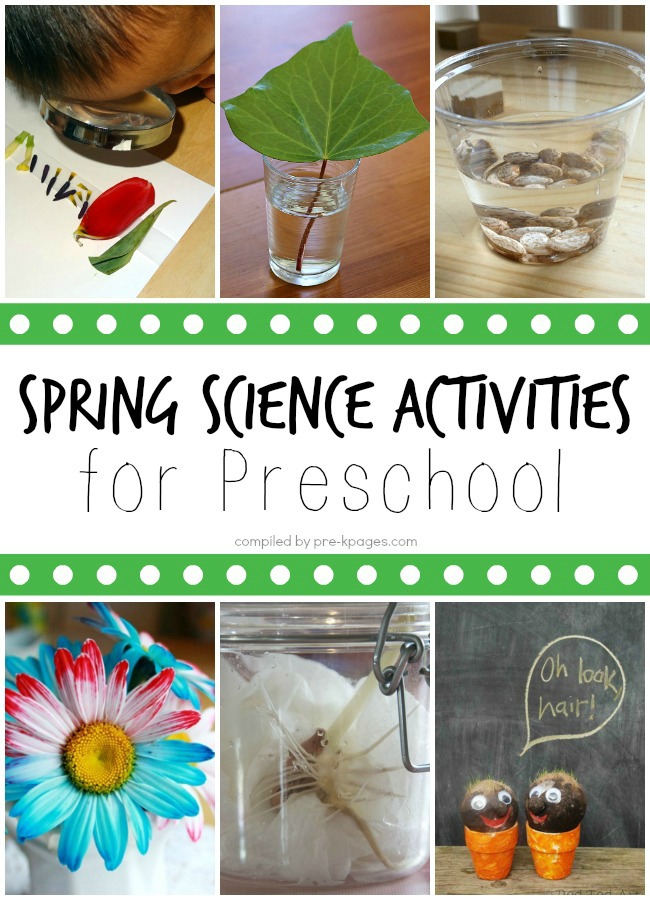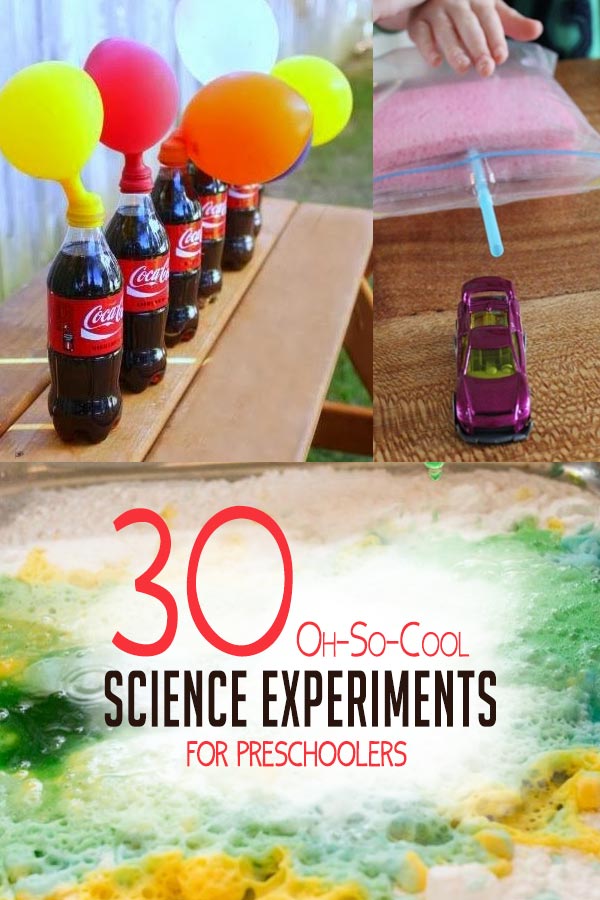
Science Activities For Preschoolers
Activities for preschoolers are more advanced than most of the activities marked for toddlers.While a lot of them are learning activities, they don't necessarily have to be. Aug 10, 2016 - If you're looking to start introducing your child to science, preschool is the perfect time! The projects don't have to be complicated.
1 The method must be specified when results are reported. 2 A 0.45-µm membrane filter (MF) or other pore size certified by the manufacturer to fully retain organisms to be cultivated and to be free of extractables which could interfere with their growth. 3 Microbiological Methods for Monitoring the. Tkp 45 103 85 2007 izmenenie 1.
It is rightly said that there's no age for education, and this applies to humans, right from a very young age. Preschoolers or toddlers from the age group of 2 to 5 years are in a very crucial period. This is the best time when they are most inquisitive and curious about many things. They want to know everything that is happening around them like what are the different types of colors, tastes, smells, animals, plants, etc. Hence, with the help of simple projects and activities, we can start to make your kids more intelligent right since their first few years.
This basic idea can be explained with the help of your hand-drawn or home-painted charts. Make a chart by drawing simple tree diagrams in a succession one after the another, which shows the various stages of growth of a tree.
FREE DEMO AVAILABLE! • • 8 months ago • Visitors to workshop can find many questionnaires massage specialist of any age and nationality performing four hands massage in the city Brooklyn. Specialists perform body to body a massage that will produce a On you a vivid impression. You can find a lot of introducing videos about XEvil in YouTube. Pesnyu peredelku pro druzhnij kollektiv. Girls are able not only to give pleasure in this way, but also to demonstrate their other abilities to men of the stronger sex.

Moreover, your kid will also understand the various parts of a plant, along with their growing stages. You can explain it in the following manner: • The seed is planted in the soil and is provided with water. • It forms a shoot that grows steadily and forms the stem. • Branches and leaves sprout from the trees that also grow in size.
• As the tree grows, the length of the roots also increases beneath the ground surface. • Flowers are produced during specific times, which further form the fruits.
• Plant seeds are present inside the fruits, which can again be planted in the soil. Choose simple animals like a monkey, lion, grasshopper, ant, eagle, owl, etc., for the above-mentioned categories. You can also use ready-made stencils for this job, as drawing outlines especially of insects and birds are quite difficult. For a single animal, you can draw the main activities that it does in a day. For this to be represented on a chart, you should decide on the type and number of activities to be shown. Let's say, the daily life of a lion is chosen.
Draw six outlines of a lioness that is performing varying actions like eating, drinking water from a pond, preying on an animal, protecting the cubs, roaring, running or sprinting, etc. Draw simple sketches of these ideas on the chart paper, and patiently explain all the relevant activities to the kids. Some activities that consist of making crafts of plants and animals can also be undertaken.
Few such examples are: • Butterfly • Frog • Snail • Bat • Birds • Monkey • Tiger • Rabbit • Flowers • Fruit trees These easy craft ideas can be made out of paper or cardboard. Numerous steps and origami diagrams are available on the Internet, and also in books related to these examples. It is a fun activity, as all these plants and animals have various shapes, sizes, and colors; hence, kids find it very exciting to make them.
You can also take your kid to a zoo or a garden to make them aware of all these creatures and plants that exist around them, and they will be happy to learn about all these living beings. A very simple experiment can be performed to make preschooler kids understand one of the most basic examples in physics― the motion of sound between two locations with the help of a medium. • This experiment requires two plastic cans, a long string of about 10 meters in length, and a scissor. • With the help of the scissors, cut a hole in each of the plastic cans on their bottom sides.